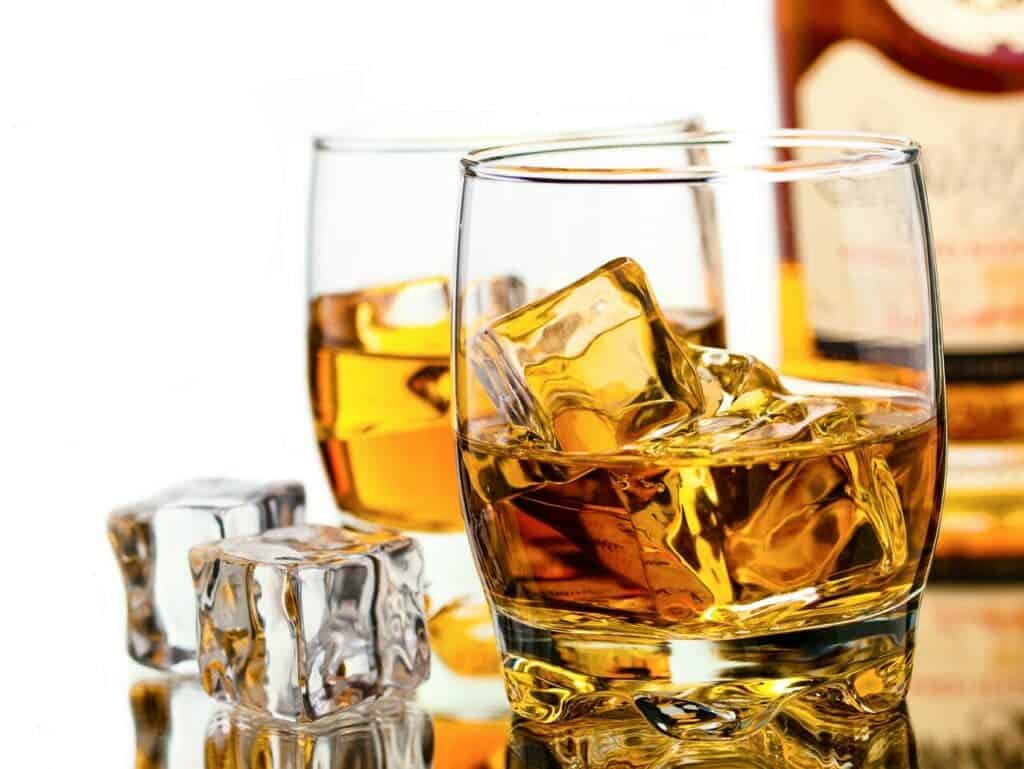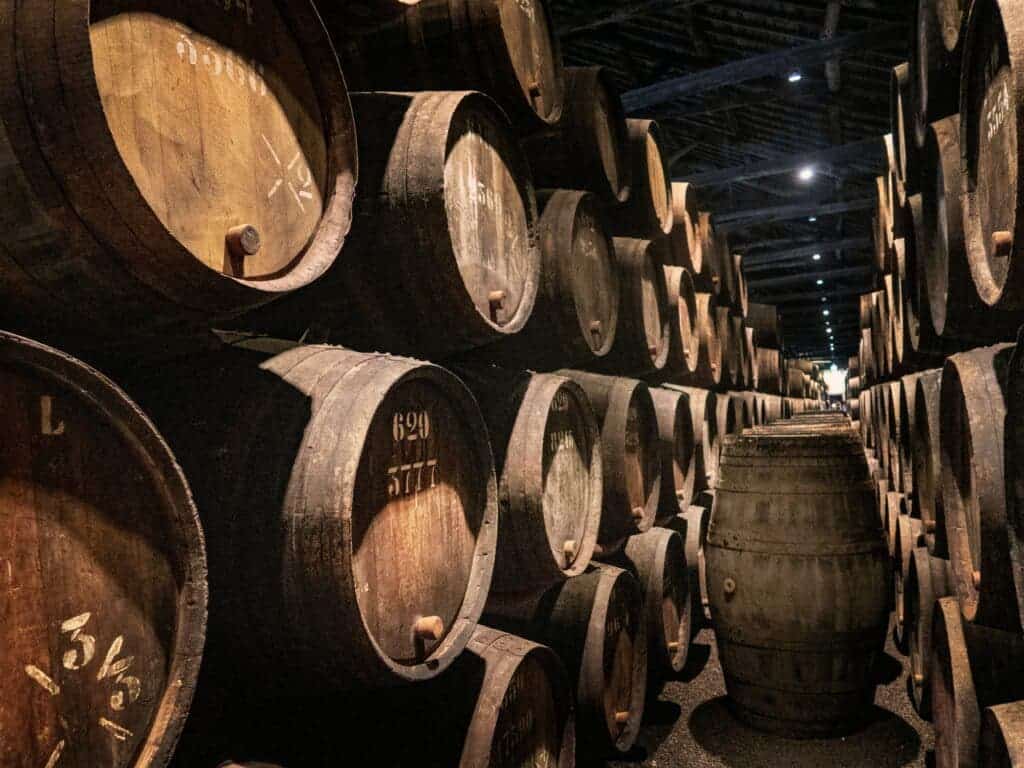The maturation of spirit in wooden casks is a key element in the production of whisky, a valuable and very popular global spirit. This maturation gives the drink its specific color and flavor, due to the transfer and reaction of molecules from the cask with the spirit. However, time spent in the cask adds cost for producers, and whisky-making requires expensive barrels and decades of storage.
The global whisky market size was valued at USD 57.96 billion in 2018, and it’s been steadily growing for years. Demand continues to grow, and it’s not just the average whisky that people seem to crave — the premium, matured whisky is becoming increasingly popular.
Now, researchers have found a way to use small particles of gold to measure the maturity of whisky. A group of chemists and bioscientists from the University of Glasgow created the test that uses a unique property of whisky to measure its maturity. The test could soon develop into a portable kit for distillers, they said.

While there are already other tests available in the market, which use specialist processes such as mass spectrometry and chromatography, they are rarely available on the warehouse floor and samples have to be sent offsite for analysis. This slows everything down, the researchers said, something that doesn’t happen with their test.
“For as long as there’s been a whisky industry, distillers have been trying to find better ways to measure the maturity of individual casks to help them understand when they will be ready to use in a single malt or a mixed blend,” Will Peveler, the study’s lead author, said in a statement. “Age is more than just a number when it comes to whisky.”
Testing whisky
Each type of whisky gets some of its color flavor profile from being stored in wooden casks while it matures over a period of months or even years. The flavor of the final product comes from a complex mix of factors known as congeners – a set of chemicals that are left in the spirit after being distilled and other chemicals absorbed from the cask.
But this process often has an unpredictable side. Because there are so many factors that can make a difference (the source of the wood in the cask, how many times it was used, how much oxygen there is along with the drink, etc), each cask can produce its own unique flavor. Basically, each cask matures in its own way.
This sounds good in a romantic kind of way, but if you’re trying to make a consistent product, it can be problematic, especially if your timeline for producing a bottle is in years or even decades.
Distillers hire highly experienced master blenders to ensure the consistency of their products. But experts are few and far between, and they cost a lot. So why not use a scientific study instead of a human one to do the job?

This is particularly useful because it could be deployed across the entire industry. The most prized whiskies are aged for decades in casks, while younger ones are blended with a small portion of aged spirit, but in both scenarios, you’d benefit from a test to tell how the spirit has aged.
The researchers developed a test that uses chemical reactions to determine the maturity of whisky samples. When whisky is mixed with a solution with small quantities of a type of gold, gold nanoparticles form in the sample over a short period of time at room temperature.
They mixed this gold solution with samples from 15 types of whiskies distilled in the US, Japan, and Scotland. They also tested samples obtained at regular intervals from a single cask over six years. By measuring the properties of the sample, they found the chemical composition of whiskies led to the creation of gold nanoparticles with distinct shapes and colors.

The key phenomenon here is something called “surface plasmon resonance.” While this sounds complicated, it basically means that sometimes, waves of light can become trapped within nanoparticles when the nanoparticles are smaller than the wavelength of light. This creates a sort of “fingerprint” test that enables distillers to tell how mature their whisky is, reducing the need for master blenders to be involved in the process.
“What we’ve been able to do for the first time is show that the ageing-related chemistry of the whisky controls the formation of gold nanoparticles. That has allowed us to develop a unique ‘fingerprint’ not just for types of whisky we tested but also for how whiskies mature over time,” Peveler added.
The next step is to take the method out of the lab and prove its worth in a real-life scenario.
“We hope that in the future we can develop this initial finding into a quick, easy and portable kit that distillers can use to measure the maturity of their whiskies without having to send samples for time-consuming tests with specialist equipment,” concluded co-author. Jenny Gracie, also of the School of Chemistry.
The study was published in the journal ACS Applied Nano Materials.









